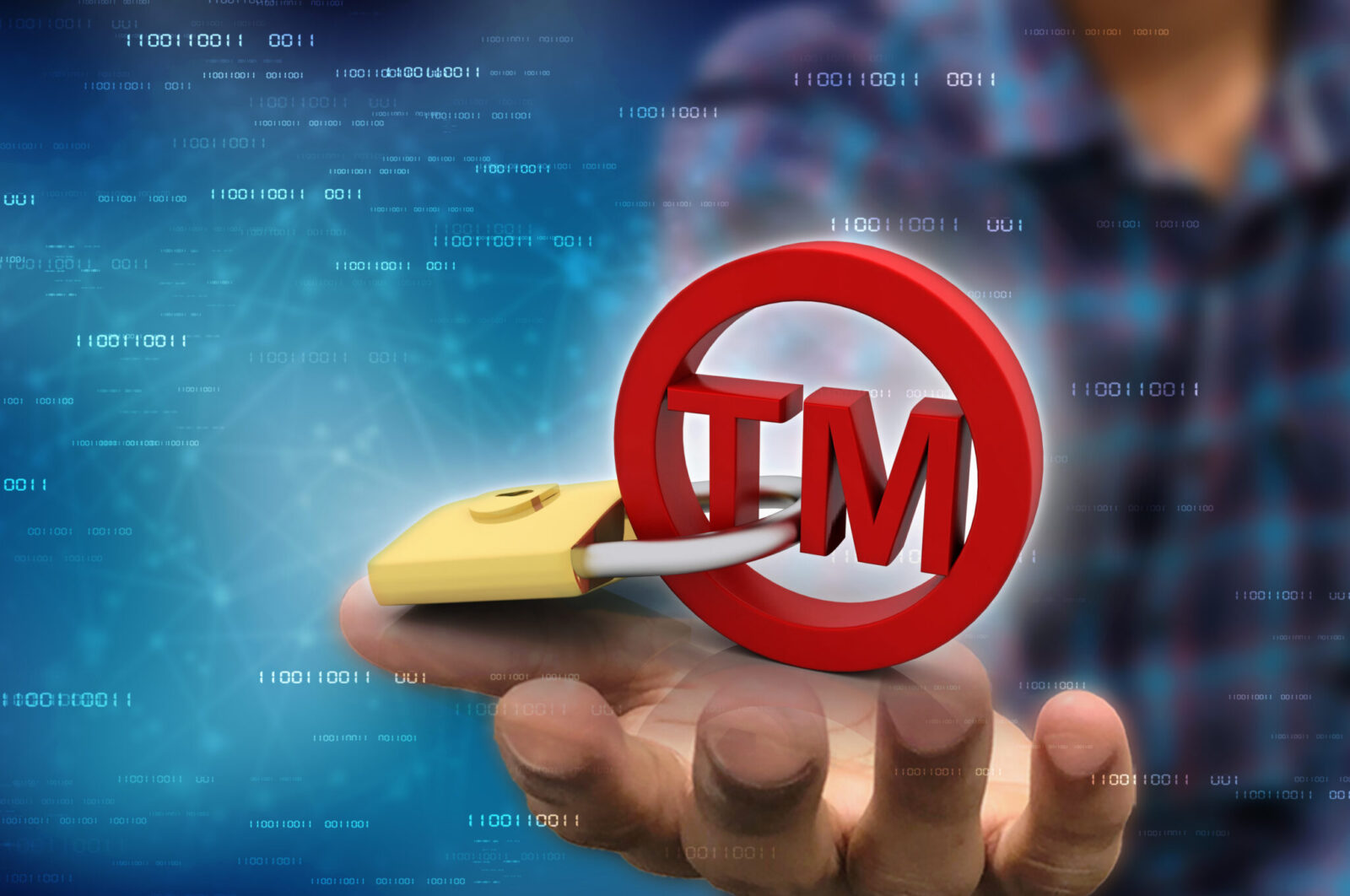SOURCE v SOURCE: Valve Corporation partially successful in opposition

This website will offer limited functionality in this browser. We only support the recent versions of major browsers like Chrome, Firefox, Safari, and Edge.




UKIPO finds double identity and likelihood of confusion between SOURCE trade marks for some – but not all – software goods in Class 9.
In March 2022 an individual applicant filed a UK trade mark application seeking to register a series of three marks for a large range of goods and services in 11 classes: (i) SOURCE, (ii) Source and (iii) source.
Valve Corporation, an American video game developer and digital distribution company, opposed the application. The opposition was directed at Class 9 only, for software goods of most concern to Valve in relation to its Source and Source 2 video game engines. Valve initially relied on two earlier UK trade mark registrations for SOURCE and VALVE SOURCE, but dropped the latter mark basis following a negative preliminary indication on this ground by the UKIPO.
The opposition relied on Section 5(1) of the Trademarks Act 1994, claiming identical marks and identical goods, as well as Section 5(2)(a), claiming a likelihood of confusion due to the identity of the marks and similarity of the goods.
The applicant’s counterstatement accepted that the marks were identical, but denied any identity or similarity of the goods. Unusually, the applicant (who was unrepresented) did not put Valve to proof of use even though the earlier marks were over five years old. Therefore, Valve’s statement of use in its notice of opposition was considered sufficient to substantiate all goods relied upon. Neither party filed evidence and only the opponent filed written submissions.
The tribunal reiterated that it is a pre-requisite of both Sections 5(1) and 5(2)(a) of the Act that the trade marks are identical. Here, Valve had an earlier mark for SOURCE in all capital letters and the applicant had applied for a series mark for the identical word in three case variations: SOURCE, Source and source. The tribunal confirmed that the case used in the applicant’s marks had no effect on the identity of the marks overall, with word marks being “protected for the words within them regardless of the case used, be that upper case, lower case or any customary combination of the two”, finding the respective marks “self-evidently identical”.
The tribunal set out the relevant factors in assessing identity and similarity of goods, and found that many of the applicant’s broad software terms, including “mobile software”, “platform software”, “downloadable software” and “mobile apps”, were identical to Valve’s earlier particularised software term “computer software used to create three dimensional graphical environments, including capabilities for animation, artificial intelligence, sound, simulation and networking”, on the basis that they were broad enough to include the types of software specified by Valve. Various other terms in the applicant’s Class 9 specification, such as “database engine” and “telecommunications software”, were also found similar to terms in Valve’s earlier specification to varying degrees. However, four particular software terms applied for, namely “search engine software”, “software for online messaging”, “networking software” and “e-commerce software”, were found dissimilar to the goods relied upon by Valve, in that they had different specific purposes.
Overall, the opposition was successful under Section 5(1) where the marks and goods were found identical. The opposition was also successful under Section 5(2)(a) where the marks were identical and goods were similar, with the interdependence principle meaning that the identity in the marks was considered sufficient to offset a lower degree of similarity in the goods and still result in a likelihood of direct confusion. However, the opposition failed under Section 5(2)(a) for the dissimilar goods.
On-scale costs were awarded to Valve due its greater degree of success in the proceedings, but were slightly reduced to reflect the applicant’s partial success in retaining some opposed goods.
The result of this opposition would mean the later application being allowed to proceed for all of the Class 9 goods found dissimilar, namely “search engine software”, “software for online messaging”, “networking software” and “e-commerce software”, as well as for the unopposed goods and services in the remaining classes. However, another earlier third-party opposition against the application was also recently successful in knocking out further goods and services in Classes 9 and 35 (see Opposition Decision and Supplementary Decision Nos O/0241/25 and O/0408/25). Both decisions are still open to appeal.
This decision confirms and clarifies the generally accepted position that there is identity in marks whether they are filed and registered in upper or lower case or a customary case combination.
The decision also highlights the UK tribunal’s detailed specification review and interpretation approach, and emphasises that not all Class 9 software-related goods will be considered identical or similar to each other.
Finally, it is always worthwhile seeking advice and representation from a qualified UK trade mark attorney in opposition proceedings before the UKIPO, to ensure that correct procedures are followed, deadlines are met, and nothing that could potentially help a case (e.g., putting the opponent to proof of use of earlier rights) is missed.
This article first appeared in WTR Daily, part of World Trademark Review, in June 2025. For further information, please click here.
If you have any questions or would like to discuss any of the matters raised in this article, please get in touch with Laura Tennant or Amy Salter, or another member of the Burges Salmon IP team.
Subscribe to our Concept newsletter and receive the latest intellectual property legal updates, news and event invitations direct to your inbox.